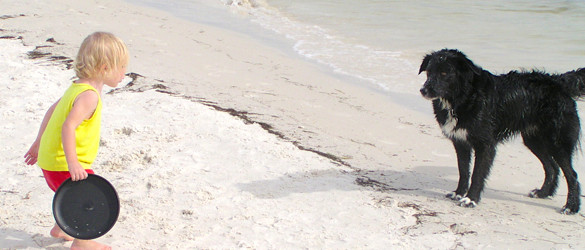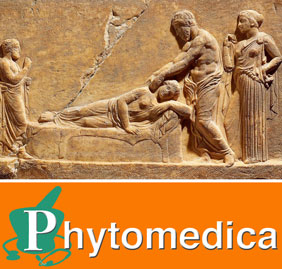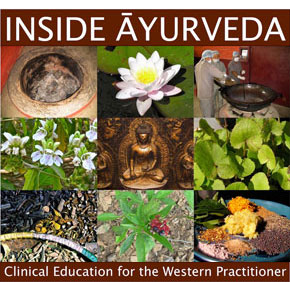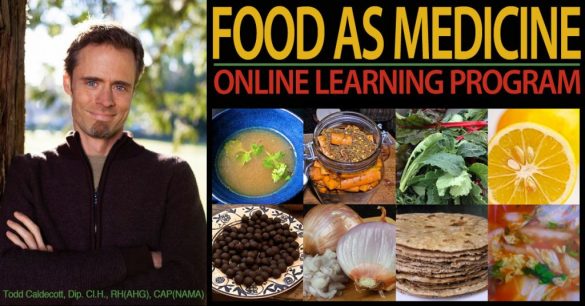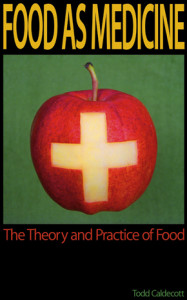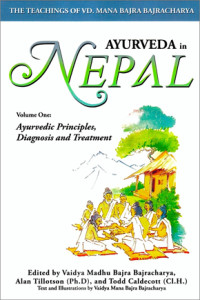For most of us summer is an easy going time where we can cast off the burden of winter, dispense with the winter coats, hats and boots that clog up the mudroom or front hall, walk barefoot in the grass and lie in the shade of the trees, meditating on the shapes of the clouds as they pass by. Yet despite what should be a rather pleasant time, for many years we have been told that summer holds out something rather sinister and almost totally unavoidable. It has become such a problem that government health agencies have instituted warnings and policies, with a rush of companies coming to our aid as responsible corporate citizens.
Where it was previously celebrated not just as a symbol but the very essence of fertility, it has now become something to be feared and avoided. Is it some new dangerous drug? Has the mayonnaise gone bad or someone adulterated our favorite brand of potato chips? Nope. Something far more powerful: something that we puny humans have no control over.
The sun.
The thing is, the sun is absolutely necessary for all life on earth. The sun provides for photosynthesis, a truly miraculous biological event that leads to the abundance of plant life on earth upon which the rest of the world feeds. The fact remains however, that the sun is vitally necessary for so much more than this, and no less so than for us as humans and the basic health of our bodies. And yet we are being told that the sun is bad for us. I mean, don’t get me wrong, I think most of us know what it’s like to get sun-burned, and clearly that is to be avoided. But the thesis that the sun is a major hazard has been raised to such a histrionic level that recently I heard a local dermatologist interviewed on the radio say that there is no “safe level of sun exposure”. Say what?
While I could comment here on the fragmentation between scientific disciplines, the more important issue is that there is a large and convincing body of evidence that many people, especially those living in temperate latitudes, may be suffering from a chronic vitamin D deficiency. Basically, we need a certain of number of minutes of sun exposure (UVB spectrum) each day to restore our circulating vitamin D3 levels, a chemical reaction in the skin that turns 7-dehydrocholesterol into active vitamin D3, which is then converted by the liver and kidneys in the hormone calcitriol (1,25-dihydroxyvitamin D3). More than just a nutrient, vitamin D is a vitally important hormone that is not only crucial to bone health, but to the entire body, and is increasingly seen as a panacea for the treatment if metabolic, immune and cardiovascular diseases. If you have any chronic health issue, especially with a strong immune or inflammatory component, you are probably vitamin D deficient. Ask you doctor to test you, or order a test online.
We only make vitamin D during the late spring and summer, when the sun is high in the sky, at no less than a 50 degree angle. You can test for this using a wooden pole sunk vertically into the ground. If the shadow from the pole is less than its length you are making vitamin D. But if the length of the shadow is longer you aren’t making any, even if its sunny day. All in all, we need between 20-60 minutes of optimal sun exposure a day to make vitamin D, more or less depending on whether your skin is very light or very dark. For folks living in cooler latitudes away from the tropics, such as all those Canadians huddled along the 49th parallel, you’re only make vitamin D from about mid-April through mid-September. And if you don’t get the sufficient sunlight to synthesize vitamin D you’ll need to get it somewhere else, such as the diet or from supplements. While many of us get vitamin D in fortified food products such as milk, often times this is vitamin D2, made from irradiated yeast, which at most has only has one-quarter the biological activity of vitamin D3. Traditional food sources of vitamin D3 include cold water fish and fish grease (e.g. herring, smelt, sardines), animal blood (e.g. blood sausage, blood pudding), and organ meats (e.g. liver). Very few of us eat such foods any more, so without them, where are we going to get our vitamin D?
The sun?
“But the sun is the scourge of the skies” chant the dermatologists, “the sun leads to skin cancer and that’s a bad MOFO of a disease you don’t want.” They and their corporate sponsors would have you hide out in the shade 24/7, or if you must brave the open air, slather on some synthetic goo every 20 minutes that they claim not only protects your skin from the sun, but will also soften and moisturize your dry skin. So c’mon, am I saying that soft, silky skin isn’t great?
No my friends, I like soft silky skin as much as the next person. What is at issue for me is this argument that the sun is harmful and should be assiduously avoided, especially in light of the research on vitamin D. Since I have my patients’ best interests at heart, I am not one to easily dispense with any concern that might jeopardize their health, and as such, have undertaken a study of the subject.
There are many different types of skin cancer and this blog is not meant to be a full exegesis of the issue, but it is safe to say that most types of skin cancer take one of three basic forms, i.e. basal cell carcinoma, squamous cell carcinoma and malignant melanoma. Of these types of cancer, only basal cell carcinoma is really associated with sun exposure, and this is a non-fatal cancer that very rarely metastasizes or spreads to other parts of the body. It mostly occurs in people with white skin and has a strong genetic basis, which means that it probably has a lot to do with something else and the sun is only a catalyst of the disease. Squamous cell carcinoma of the skin is another type of cancer that can occur on sun-exposed parts of the body and hence is “associated” with sun exposure, but occurs with greater frequency in other parts of the body, including the head and neck, esophagus, lung, penis, prostate, vagina and cervix.
Malignant melanoma is also stated to be associated with UVA/B sun exposure, but there are confounding research issues, with some research showing that the risk of dying from malignant melanoma actually decreases with sun exposure. It has long been recognized that despite the claims of some, the prevalence of melanoma is decreased in outdoor workers compared to indoor workers. It is an irrational statement to say on the one hand that UVA/B causes malignant melanoma, but then to also admit that the more you are exposed to the sun, the less risk you have. Until such time this basic conundrum is explained by the research, you need to be very cautious in accepting these types of “associations”. Like it or not, there are vested interests at work here.
The biggest of these of course are all those chemical companies that directly and indirectly fund the practice of modern dermatology, who in turn, faithfully crank up their high pitched professional appeal every summer to indirectly market sunscreens to a now paranoid and confused consumer base. Fifteen years ago when my son (then 8 months old) was in daycare, the staff wanted to slop on some sunscreen but I asked them to wait until I did some research. I was admittedly suspicious of sunscreens, but I had no way to justify my concern. Hours and hours of painstaking review of the databases at the National Center for Biotechnology Information however provided me with more than enough fodder, with clear evidence that while chemical sunscreens did block UVB, they in turn became highly reactive, potentially cancer-causing compounds. Some research also shows that sunscreen use actually increases the risk of melanoma. Since then, while I have watched the controversy over sunscreens grow, I have consistently told my patients, colleagues and friends to avoid it. Years later, mainstream organizations such as the Environmental Working Group have gathered enough data to make one seriously question the safety of sunscreens. While one can pour through the research and come up with any number of conclusions, I like to ask my patients this question: “Since your skin is an absorptive surface, would you also choose to spread sunscreen on your toast?” Because regardless of the route of administration, that sunscreen is going into your body whether you want it or not.
UPDATE JULY 22, 2020: The Wallstreet Journal reported on a January 21 study published in JAMA which shows that “common sunscreen ingredients… are absorbed into the bloodstream at concentrations far greater than the Food and Drug Administration’s safety threshold.” Read the archived article here, and the JAMA study here.
There is no doubt in my mind that chemical sunscreens should be avoided, and that we should expose our bodies to the sun for an optimal duration every day to bolster our circulating vitamin D levels. But as I stated at the outset, nobody wants to get burnt – so what do we do? Well, limiting the times you are out and about when the UV index is highest is the obvious choice. Remember our stick in the ground? If your shadow outside is very short, spend only a little time in the direct sun, and get more active outside during the morning and late afternoon when the temperature is cooler and your shadow is longer. If you don’t want a tan, make sure to expose your body to the sun for the minimum every day, and then wear clothes made from light, breathable Indian cotton, and a big hat to protect the head, nose, ears and face.
If you have to be in the sun because of work, take some precautions by slowly building up a good base tan to darken your skin. To help achieve this, make sure to moisturize your skin with food-grade oils such as coconut and jojoba, or shea and cocoa butter. Applying these fats before and after sun exposure will prevent oxidative damage to the skin, nourishing and protecting it. Fresh aloe gel peeled from the aloe leaf (rather than the miniscule amount in commercial products), and then blended into a paste is a wonderful ally not only treat burns, it is also an excellent emollient to nourish the skin. To ensure proper healing from the occasional excess sun, everyone should boost their consumption of free-radical scavenging foods such as fresh vegetables and fruits, especially bright colorful foods such as rainbow chard, purple cabbage, kale, lettuce, beets, radishes, tomatoes, blueberries and raspberries, i.e. the VERY food nature provides in abundance during the summer. “You mean the sun grows the very food that protects against its harmful effects?” Yes my friends, life has worked out a rather clever arrangement here on earth, and all we need to do is to discover and align ourselves with its natural intelligence. It is the source of all living things, but in our puny arrogance we seek to malign rather than respect it. But cheer up friends, because an unstoppable new dawn has come for our greatest ally.
The Sun.
